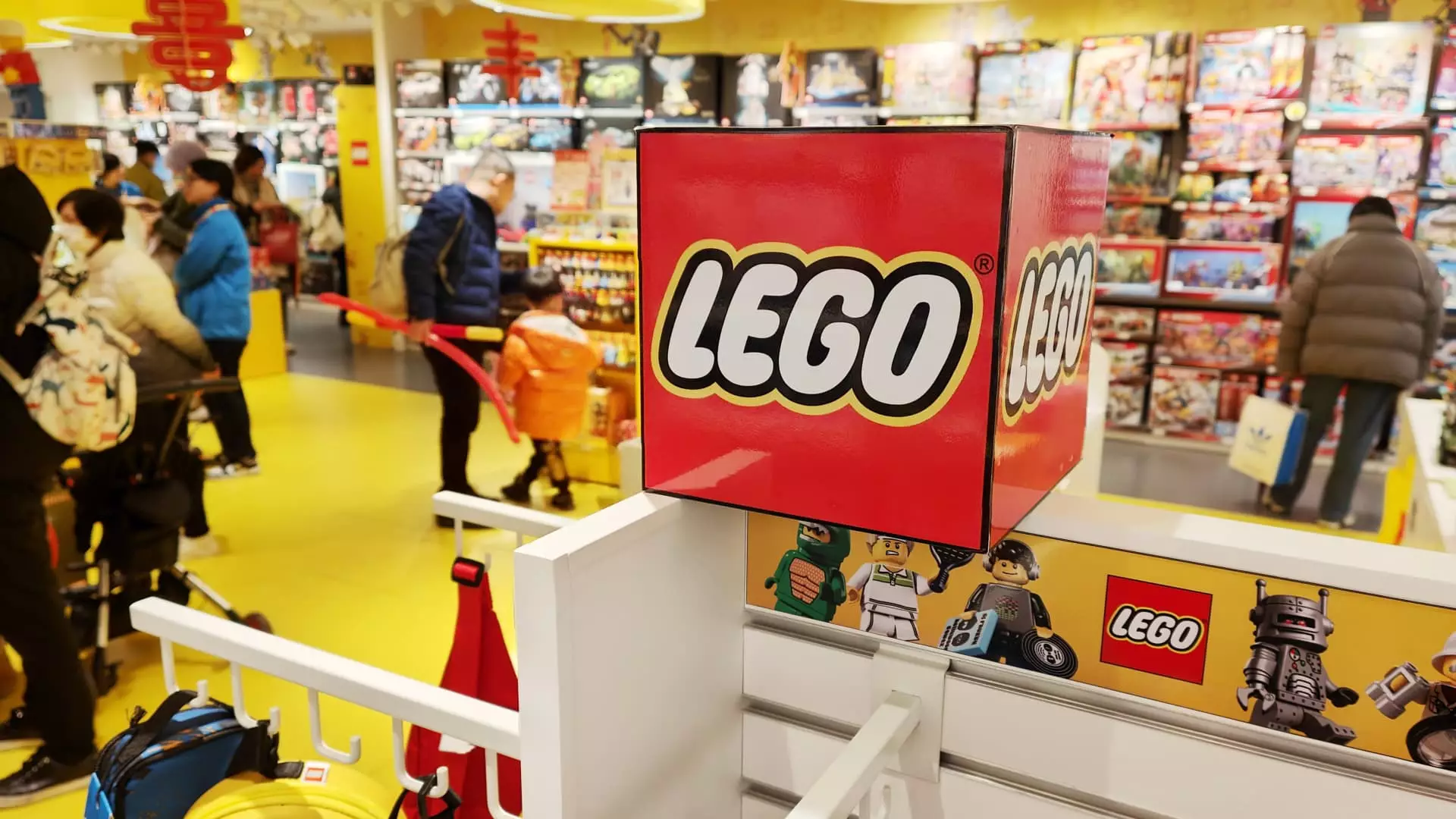The toy industry faced a significant challenge in the first half of 2024 due to inflation, leading to a sales slump. However, amidst this turmoil, Lego stood out as a resilient player, gaining market share with its strategic initiatives. Lego’s revenue soared by 13% in the first six months of the year, amounting to 31 billion Danish krone, which is approximately $4.65 billion. The CEO of Lego, Niels Christiansen, credited this success to the company’s strong performance across various product lines, particularly highlighting Lego Icons, Lego Creator, and the collaboration with Epic Games’ Fortnite.
Resilience Amidst Challenges
While competitors like Mattel and Hasbro struggled with declining sales, Lego managed to defy the odds by focusing on innovation and diversification. Mattel experienced a 1% decrease in net sales, mainly due to tough comparisons with the previous year’s success driven by “Barbie.” Similarly, Hasbro faced a 21% drop in net revenue, primarily attributed to the divestment of eOne. In contrast, Lego continued to expand its product offerings to cater to a broader audience, including children and adults. This strategic approach enabled Lego to maintain its growth trajectory even in the face of economic uncertainties.
While sales in the U.S. and Europe remained robust, Lego encountered challenges in the Chinese market, where consumer spending on higher-priced items declined. Despite this setback, Christiansen emphasized Lego’s commitment to long-term growth in China. The company’s expansion efforts in China, with a significant number of new store openings, reflect its confidence in the region’s potential. By adapting to the unique market dynamics of each region, Lego is positioning itself for sustained success on a global scale.
In addition to its market strategy, Lego has made substantial strides in sustainability by increasing the use of renewable and recyclable materials in its products. Christiansen highlighted Lego’s investment in sustainable sourcing, despite the higher costs involved. By absorbing these expenses instead of passing them on to consumers, Lego is setting a precedent for industry-wide sustainability practices. The company’s goal to source half of its raw materials from sustainable sources in the coming years underscores its dedication to environmental stewardship.
Looking ahead, Lego remains focused on driving innovation, expanding its global footprint, and advancing sustainability initiatives. By leveraging its core strengths in product development and market responsiveness, Lego is poised to continue its upward trajectory in the toy industry. The company’s ability to adapt to evolving consumer preferences and economic challenges positions it as a leader in the market, setting a benchmark for sustainable growth and industry excellence. Through strategic planning and a customer-centric approach, Lego is building a legacy of success that transcends market fluctuations and economic uncertainties.


Leave a Reply